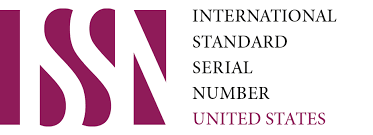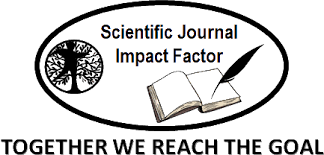Pronunciation as an integral part of ESP
Keywords:
EFL, ESP, teaching pronunciation, sound systemAbstract
This article discusses specific peculiarities of teaching pronunciation in technical institutions, which has always been one of the most essential matters of methodology of foreign languages. The main aim of the given research is to analyze and suggest the effective methods and ways of teaching pronunciation in technical institutions. Participants of the study were groups of learners of Turin Polytechnic University in Tashkent at intermediate level.
References
Akhmedova L.T., Normuratova V.I. (2011). Teaching English Practicum (Course of Teaching English Methodology), Tashkent.
Celce-Murcia, M. (2001) Teaching English as a Second or foreign Language. 3rd Edition, Heinle & Heinle Publisher, Boston.
Cheng, F. (1998). The Teaching of Pronunciation to Chinese Students of English. English Teaching Forum, Jan-Mar, 1998, 37-39.
Crofts, J.N. (1981). Subjects and objects in ESP teaching materials. In L. Selinker, E. Tarone, & V. Hanzeli (Eds.), English for academic and technical purposes: Studies in honor of Louis Trimble (pp. 147-153). MA: Newbury House Publishers.
Crystal, D. (2003). A dictionary of linguistics and phonetics. Oxford: Blackwell Publishing.
Dalton, D. (2002). Some Techniques for Teaching Pronunciation. Retrieved May 1, 2002, from http://iteslj.org/Techniques/Dalton_Pronunciation.html
Firth, S. (1992). Pronunciation Syllabus Design: A Question of Focus. In P. Avery & S. Ehrlich (Eds.), Teaching American English pronunciation. (pp.173-183) Oxford: Oxford University Press.
Hutchinson, T. & Waters, A. (1987). English for specific purposes: A learning-centered approach. London: Cambridge U P
Johns, A. M. (1991). English for specific purposes (ESP): its history and contributions. In M. Celce-Murcia (Ed.), Teaching English as a second or foreign language (pp. 67-77). New York: Newbury House.
Lin, H., Fan, C., & Chen, C. (1995). Teaching Pronunciation in the Learner-Centered Classroom. (ERIC Document Reproduction Service No. ED393292)
Downloads
Published
Issue
Section
License

This work is licensed under a Creative Commons Attribution 4.0 International License.
User Rights
Under the Creative Commons Attribution-NonCommercial 4.0 International (CC-BY-NC), the author (s) and users are free to share (copy, distribute and transmit the contribution).
Rights of Authors
Authors retain the following rights:
1. Copyright and other proprietary rights relating to the article, such as patent rights,
2. the right to use the substance of the article in future works, including lectures and books,
3. the right to reproduce the article for own purposes, provided the copies are not offered for sale,
4. the right to self-archive the article.












